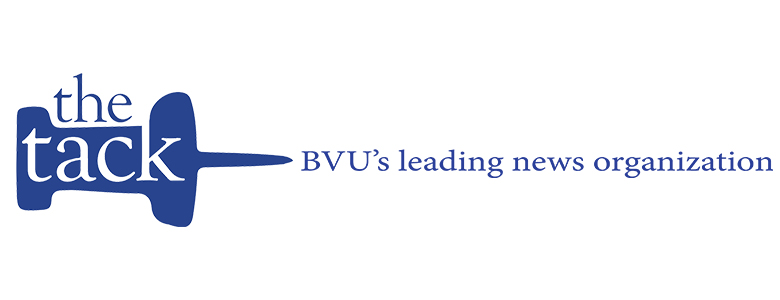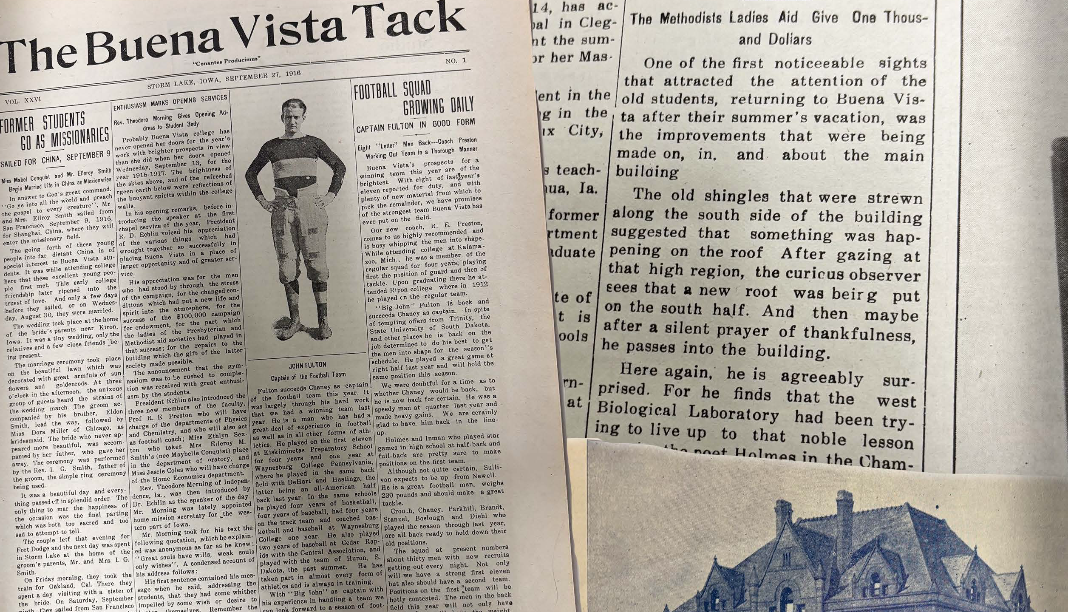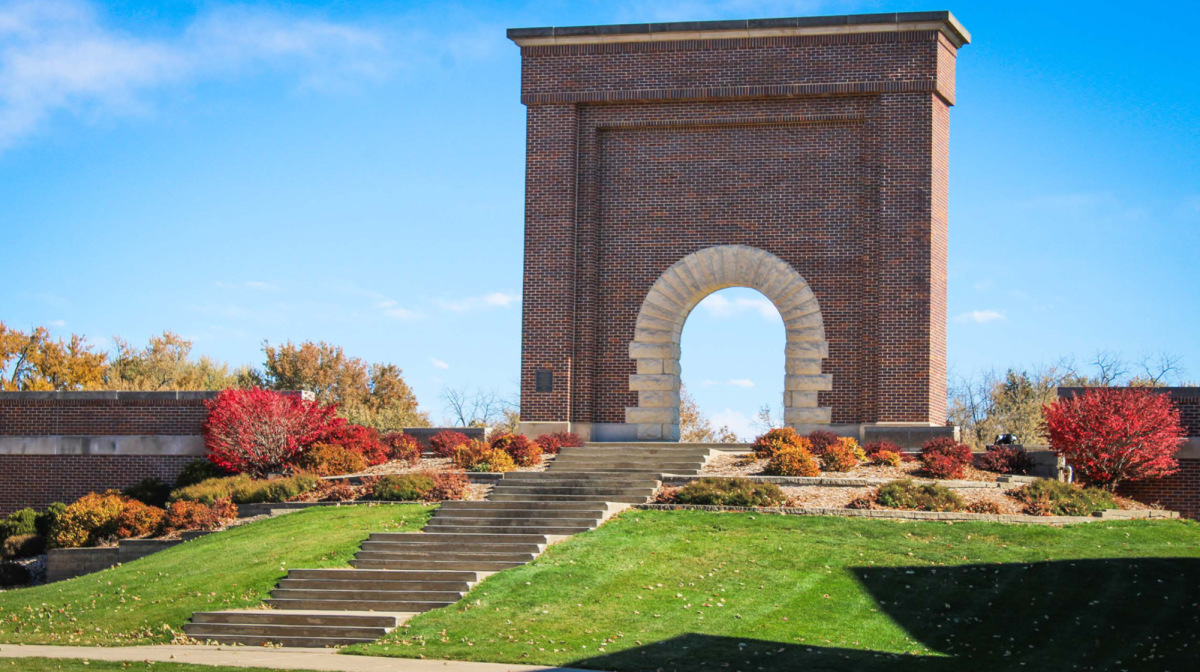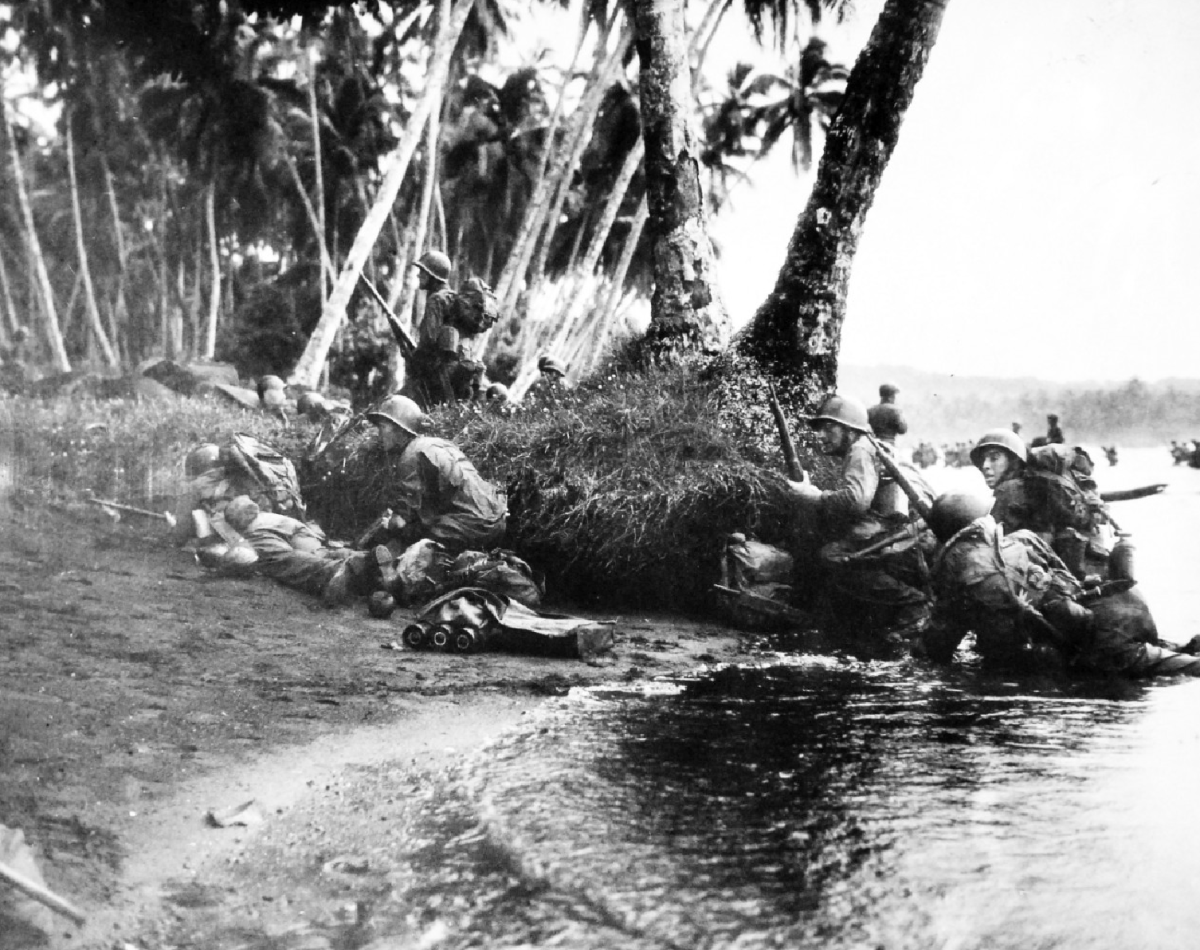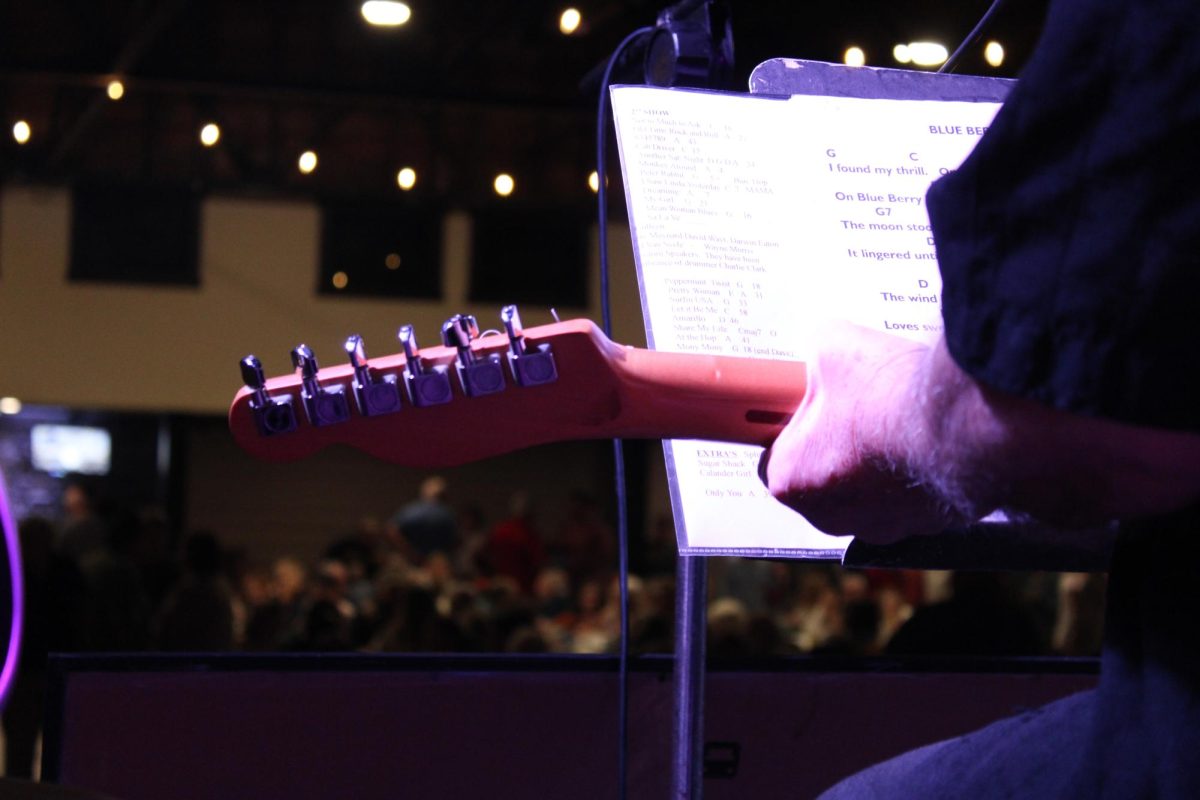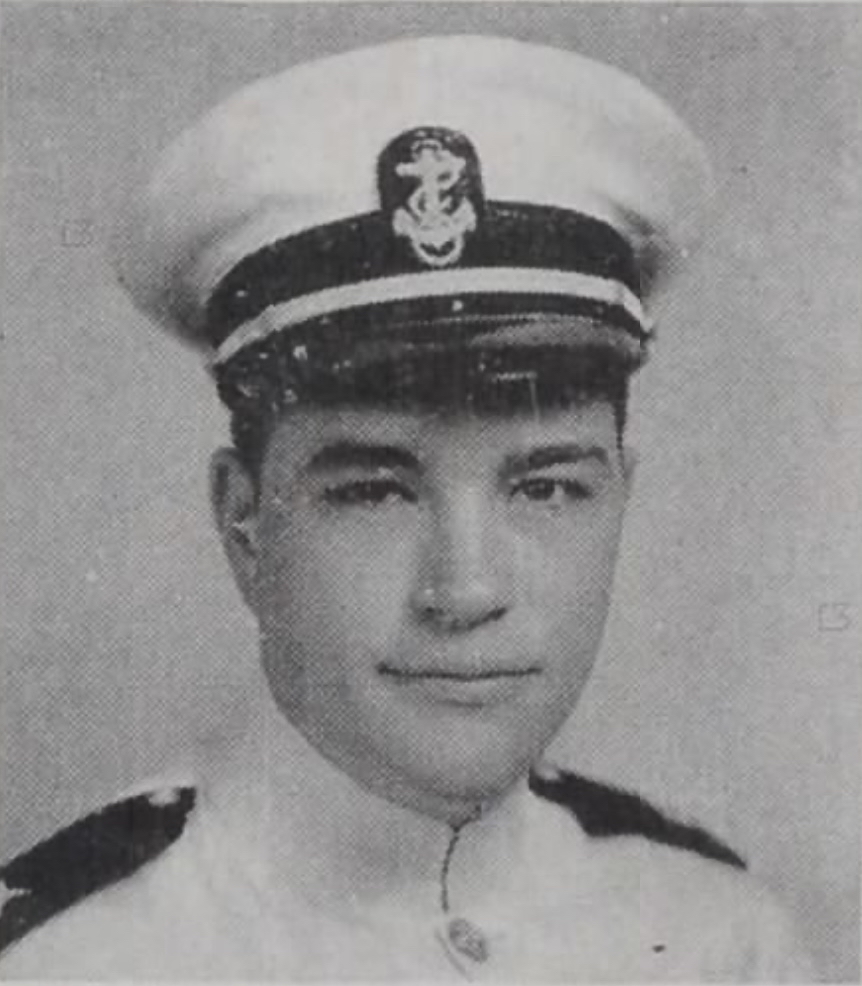Community journalism has brought people all around communities together. Reporters in small communities across the nation work together to breathe life into journalism in their communities, to share stories, to connect their community and to remember them in years to come.
Bruce Ellingson, former advisor of The Tack from 1984 to 1999 with a four year leave to get his doctorate from 1989 to 1992, has worked at a few different types of newspapers in his time as a journalist and observed the impacts of community journalism.
“I worked on a weekly newspaper that had a circulation of about 4,000, in Monticello, Minnesota. I wrote about people at their worst times and their best times,” Ellingson said. “And I saw those same people when I went out to lunch or when I went to the grocery store, or when I went to buy a pack of cigarettes. We all knew each other. At its heart, community journalism is focused on chronicling what happens in and to people who choose to live.”
For decades, newspapers have been print exclusive. The early days of printing were laborious and reporters worked in newsrooms throughout the night sometimes until 3 or 4 a.m. including student reporters in their campus newsrooms.
Page design involved a multi-step process including printing out copies in columns, editing by hand in blue pen, printing again, putting the print into a waxer (something that literally brushed hot, sticky wax onto the back of the printed copy) and then putting the copy together on a page like a jigsaw puzzle.
“The camaraderie, the relationships, the intensity of those relationships was really powerful, and it was really one of the most powerful organizations on campus,” Ellingson said.
Over the years, a timeline of communities lives have been documented through community journalism efforts by their journalists. The stories they covered became snapshots of history displaying the life of their communities over the years.
However, community newspapers influence reaches greater than just straight information. Papers also have a history of powerful human-interest stories that have impacted views. Debra Houghtaling, a former Editor-in-Chief of The Tack in the 90s, shared one of her favorite memories which was one of those stories that impacted her college campus community.
“It was National Coming Out Day, and so a gay student on campus came out in the newspaper. And then, a big [win] of the paper that week was supporting gay students,” Houghtaling said. “We put an incredible amount of effort and care into that issue, which made a pretty big splash on campus.”
As time progressed, so did the way in which newspapers were printed. While it was still somewhat laborious, new technologies allowed for reporters to use Adobe software on a computer and lay everything out before printing it onto the pages. This innovation greatly sped up the printing process and allowed more work to be done by fewer people.
BVU’s own newspaper was a frontrunner in this new technology. During this time of advancement Jamii Claiborne, BVU Vice President for Student Success, was The Tack’s advisor.
“We were one of the very few papers that were experimenting with Word and Adobe and, we were kind of in that space as a small campus,” Claiborne said. “We had this Mac Lab. It felt natural also for us to be a front runner in the online space in terms of delivery of news and information online. We established a web presence pretty early. We established a social presence pretty early, and then we eventually made that move.”
New technology brought in its own challenges. Papers used to fly off the shelves; however, once the paper started printing online, the physical papers started to pile up and not as many issues were being taken. This ultimately caused some newspapers to become a fully online publication.
“So, cost of paper and the cost of printing just kept going up, and part of how we started to save costs as costs went up was to scale back,” said Claiborne.
People may look back and notice how in a time of online news and digitizing everywhere there was still community journalism. Despite the diminishing paper copies, a community still remains. A history and a story of communities endures, even if much of it lies online, the branches of telling and archiving stories remain the same.
Stories of the people who served and inspired their communities would be lost without community journalism.

